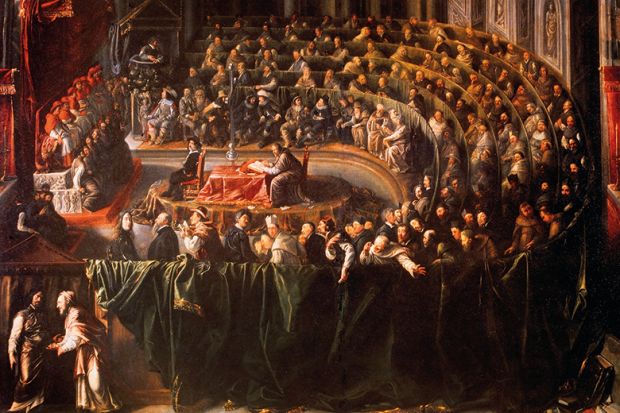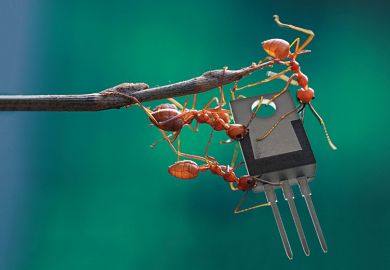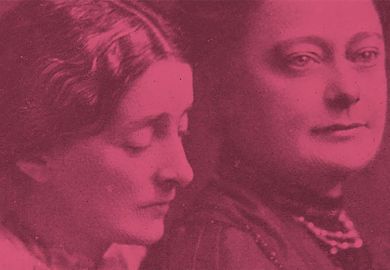The trial of Galileo Galilei shocked contemporaries such as René Descartes. It remains the paradigmatic example for writers keen to score points in the warfare between science and religion that was first conceptualised in the late 19th century. Michael E. Hobart concludes the appendices to his long and original book with a summary of seven approaches to this event, which also provides the focus of the final third of his narrative. Typically, he does not take sides. His is not a work of new historical research but rather a lively retelling of relatively familiar stories. Its originality lies in bringing together material that more traditional histories keep apart.
Hobart’s claim is that the discoveries of Galileo in investigating free fall, the behaviour of projectiles and eventually the motion of the earth embodied a moment when the free thinking of what he calls relational mathematics displaced the literal conceptions of numbers and things. These had dominated Western approaches to nature since the rediscovery of ancient Greek philosophy in the 12th and 13th centuries. Galileo’s work, by contrast, brought together centuries-long transformations in the conception of time and space and their measurement through innovations in clocks and perspectival drawing. Its consequence was to change the relationship between the natural world and the language and concepts that human beings used to describe it.
On the one hand, that change liberated human thought to explore reality through imaginary conceptions such as infinitesimals. On the other, it consigned metaphysical thinking about the divine to an increasingly meaningless sphere constructed from a language that no longer reflected people’s experience of things.
This is a challenging conclusion, predicated on Hobart’s claim that Galileo’s writing represented the culmination of an information revolution that transformed all aspects of the so-called arts curriculum in the late Middle Ages. The best aspect of this work lies in its survey of the changes in mathematics that altered the practices of arithmetic, music, geometry and astronomy in the 14th and 15th centuries.
That this is mostly a familiar story does not prevent Hobart from telling it in an engaging manner that will be relatively accessible to non-specialists.
Nevertheless, a book that claims to be about changes in technology might have thought harder about material circumstances and might have tried to be less exclusively intellectualist in its concerns. More problematic is Hobart’s attempt to relate his story of late medieval numerical thinking and its consequences to the culture wars of contemporary America. Clever though his stance is, it is neither fresh nor interesting to be presented with a choice between mathematical and scientific analysis (good) and linguistic and philosophical debate (bad). Hobart rehearses the arguments between science and religion in terms that may matter more to an American audience than to a European one.
Such a framing was presumably demanded by Hobart’s editors. The author himself largely ignores it in the main body of what he writes. It is a pity that what might have been a thought-provoking book delivers such a predictably teleological account of intellectual change.
Scott Mandelbrote is a fellow of Peterhouse, Cambridge.
The Great Rift: Literacy, Numeracy, and the Religion-Science Divide
By Michael E. Hobart
Harvard University Press, 520pp, £28.95
ISBN 9780674983632
Published 27 April 2018
Register to continue
Why register?
- Registration is free and only takes a moment
- Once registered, you can read 3 articles a month
- Sign up for our newsletter
Subscribe
Or subscribe for unlimited access to:
- Unlimited access to news, views, insights & reviews
- Digital editions
- Digital access to THE’s university and college rankings analysis
Already registered or a current subscriber?






